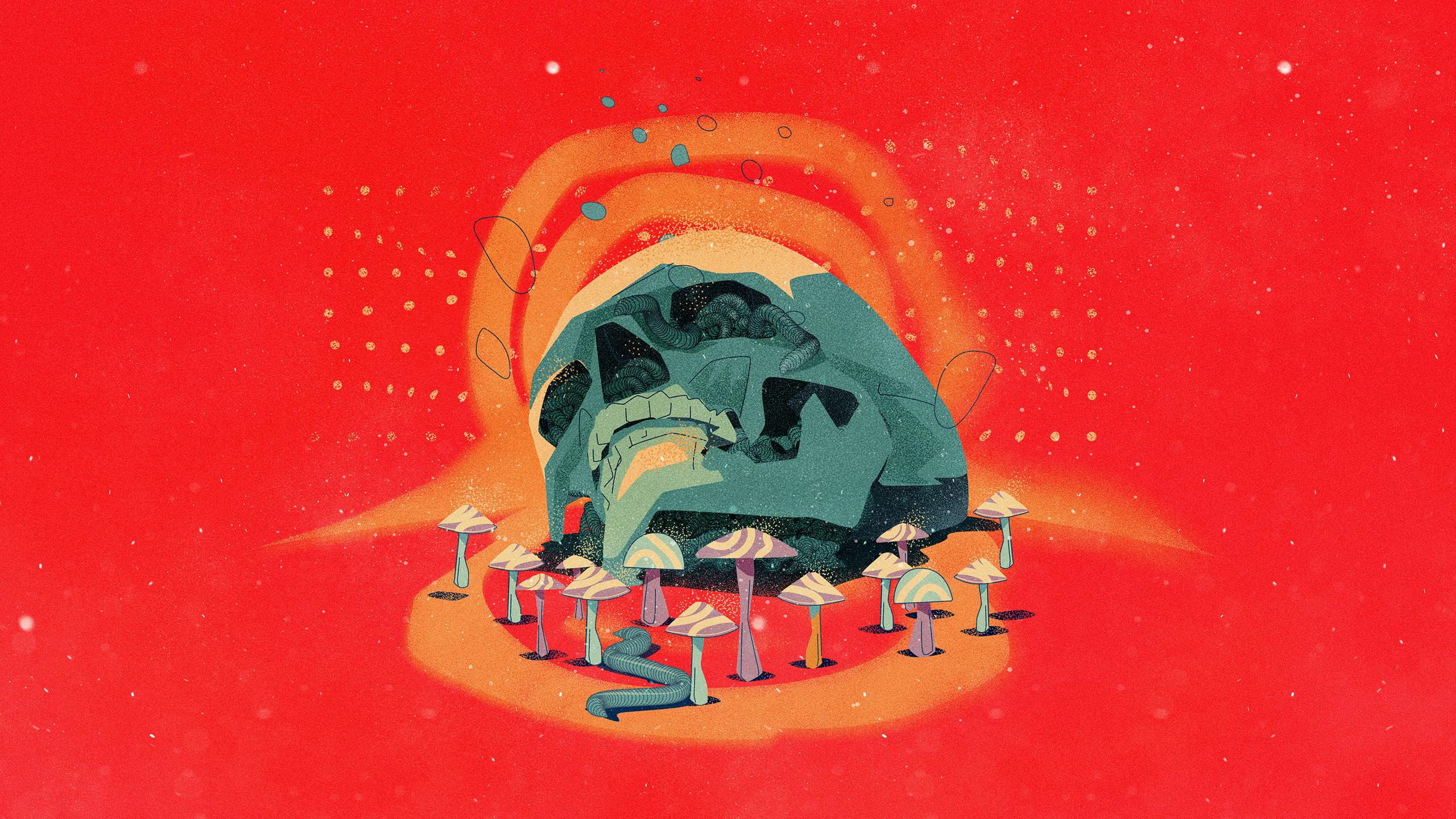How to Make a Human
Are we crossing the fine line between progress and unintended consequences?

Creative destruction. Artist: Denis Freitas
Once upon a time, there lived an alchemist who wanted to make humanity efficient.
He was impressed with what humans could accomplish already, creative innovations and fabulous discoveries, but lamented that the process of getting there was always such a chaotic mess. It seemed like no matter the circumstances, humans were always in a state of unruly chaos, rife with misunderstandings, disputes, and full-on fights. This led to the destruction of many humans as well as their environment.
The alchemist knew he could do better.
He resolved to make the human race efficient. He spent generations in his laboratory running experiments on the humans that he had acquired. But while his lab rats were placed into various mazes, his lab humans were placed into various systems.
In one system, they were made to share all of their resources, with no personal property. That ended in disaster. In another system, he allowed the strongest humans to do whatever they liked, but that quickly devolved into another disaster where most of the other humans did not fare well. Infuriatingly, the most effective system seemed to be one where the lab humans could reach a consensus amongst themselves about how the system should work. But it was so inefficient! Before they could reach a consensus, the humans squabbled and fought and misunderstood each other for what seemed like an eternity. And wasn’t this gross inefficiency what he was trying to avoid in the first place?
The alchemist thought for a time, and eventually concluded that humans simply had too many moving parts. As an alchemist, he knew what was necessary to do laboratory tasks, and what was not. If he could simply remove all the non-essential features, things like emotions and facial expressions, which seemed to cause frequent misunderstandings but weren’t really necessary for running experiments, he could create a more efficient human.
He resolved to break humans down to their bare essentials. They needed a skeleton to have a shape, and muscles to move the skeleton. They needed fingers to manipulate objects, and certainly opposable thumbs. Opposable thumbs are an excellent feature for lab work, absolutely essential for an efficient human.
And everything else that led to chaotic inefficiency could simply be discarded. Facial features to make expressions that might be misinterpreted? Gone. Tongues to say things that might confuse or irritate other humans? Removed. Brains filled with confusing ideas and messy emotions? Absolutely not. A robo-brain would be much more efficient, perfectly suited for scientific calculations, and not given to chaotic emotions or disputes.
At last, the alchemist’s new creations were complete. He ran the new species through the systems to judge their performance, and was pleased to find that efficiency had increased twenty times over the original humans! The new humans were far faster at accomplishing any task he assigned them, never complained, and most importantly, never came into conflict with each other. The experiment was a success! He would call this new breed Human2.0, or “2man” for short.
Unfortunately, for some reason, the 2mans no longer produced creative innovations or fabulous discoveries. But their increase in efficiency could not be denied, and the alchemist’s faceless, speechless, thoughtless automatons carried out their lab work very swiftly, exactly as they were instructed.
He had finally made humanity efficient.




Responses